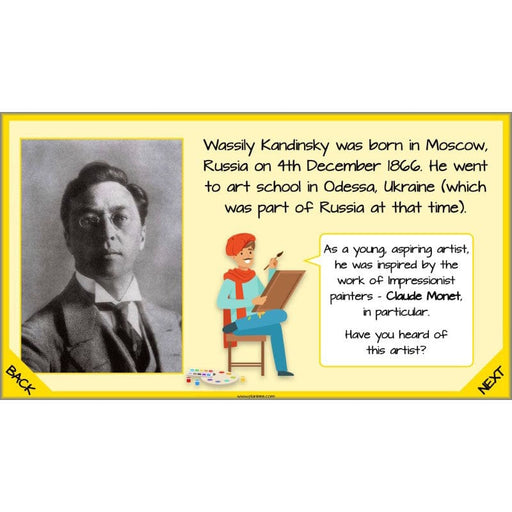
Talking to children about bereavement
Talking about illness and bereavement are incredibly challenging conversations to have. It can be tempting to try and shield children from difficult information. However when they overhear conversations or pick up on emotions they can be left to join the dots themselves. This increases the chances they will become frightened and confused about the unknown.
I think it is best to be honest with children in an age appropriate way. Do what you can to support children through challenging times and be ready to listen to their feelings and thoughts.

Talk to children about what is happening and tell them if someone they know is unwell. Answer their questions as best you can. Talk about how you are feeling, if you are able to. It is not a sign of weakness if you get upset while explaining, it simply shows that you are human. Don’t be shocked or worried if your child doesn’t seem to engage with the conversation. Follow their lead, give them time to process the news and be ready to talk to them when they approach you.
Use simple direct language to explain when someone dies. Avoid comparing dying with falling to sleep. This can make children anxious about going to sleep themselves. Also avoid euphemisms like ‘we’ve lost…’ as this can be confusing for children.
You may want to read a picture book about bereavement together. Stories are excellent for sharing difficult concepts with children in an accessible way. They give you the language and springboard to discuss an event. You may find a child will request a book about bereavement rather than directly ask to discuss the death. Books are much less confronting than having a deep and meaningful conversation.
Expect everyone in your household (this includes you adults!) to have times where everything feels overwhelming. For children this may present in more challenging behaviour as they struggle to regulate their emotions. They may also start acting like they are much younger than they are, seeking lots of cuddles, wanting to be spoon fed, demanding they get something unrealistic or being completely devastated that something small hasn’t worked out as they hoped.
While it can feel frustrating that your child seems to have lost the plot over a tower falling down, try to remember that they are processing lots of emotions and it is much easier to express anger and upset over something concrete than it is to explain feelings around something as big and sometimes abstract as the death of a loved one. If they are seeking lots more attention it might feel smothering, especially now while our support networks are so different. Try to arrange video calls with friends and family and don’t feel guilty about extra cuddles on the sofa. Try to engage your support network as best you can remotely and be kind to yourself.

Share memories of the person who died. This is important to do whenever someone dies, but it is especially important at the moment when family members cannot attend wakes and funerals. You may want to plan a memorial service. This can happen in the future when people are allowed to attend and can provide the opportunity for separated families to all work together and be a useful thing to focus on.
Holding your own goodbye ritual as a household can be a lovely gentle way to say goodbye. Your goodbye ritual should be personal to your household. You could all share a memory of the person verbally, you could draw pictures or write messages to put in a memory box, think about what is most fitting for you and your family and go from there.

Possibly most importantly look after yourself. Don’t be hard on yourself. You will probably feel a wide range of emotions and regulating your own emotions while holding your child’s is incredibly difficult. Give yourself time to process the loss.
Visit Winston’s Wish or Child Bereavement UK to access more support for children and families.
Featured collection
-
FREE Mini-Scheme: Wassily Kandinsky
Original price £0.00 - Original price £0.00Original price£0.00£0.00 - £0.00Current price £0.00Learn all about the life and work of Kandinsky, who spent his career developing a 'language' for expressing sounds, ideas and feelings through his ...
View full details -
FREE Mini-Scheme: Ocean Animals
Original price £0.00 - Original price £0.00Original price£0.00£0.00 - £0.00Current price £0.00This free Science Ocean Animals lesson plan pack contains three lessons to help your class identify and describe a variety of ocean animals from lo...
View full details -
FREE Mini-Scheme: Creating Paper Toys
Original price £0.00 - Original price £0.00Original price£0.00£0.00 - £0.00Current price £0.00This free mini-scheme will give your class the chance to make paper toys. They will practise the important skill of cutting whilst they make easy p...
View full details -
FREE Mini-Scheme: Exploring Paris
Original price £0.00 - Original price £0.00Original price£0.00£0.00 - £0.00Current price £0.00This free ‘Exploring Paris’ mini-scheme will take your class on a fun trip to one of the most famous cities in the world! Help your class to locate...
View full details -
Ancient Greece Topic
Original price £35.00 - Original price £35.00Original price£35.00 - £35.00£35.00 - £35.00Current price £35.00This fun and engaging KS2 Ancient Greece Topic for Year 5 and Year 6 will take your class back to one of the most fascinating civilisations in hist...
View full details












Leave a comment